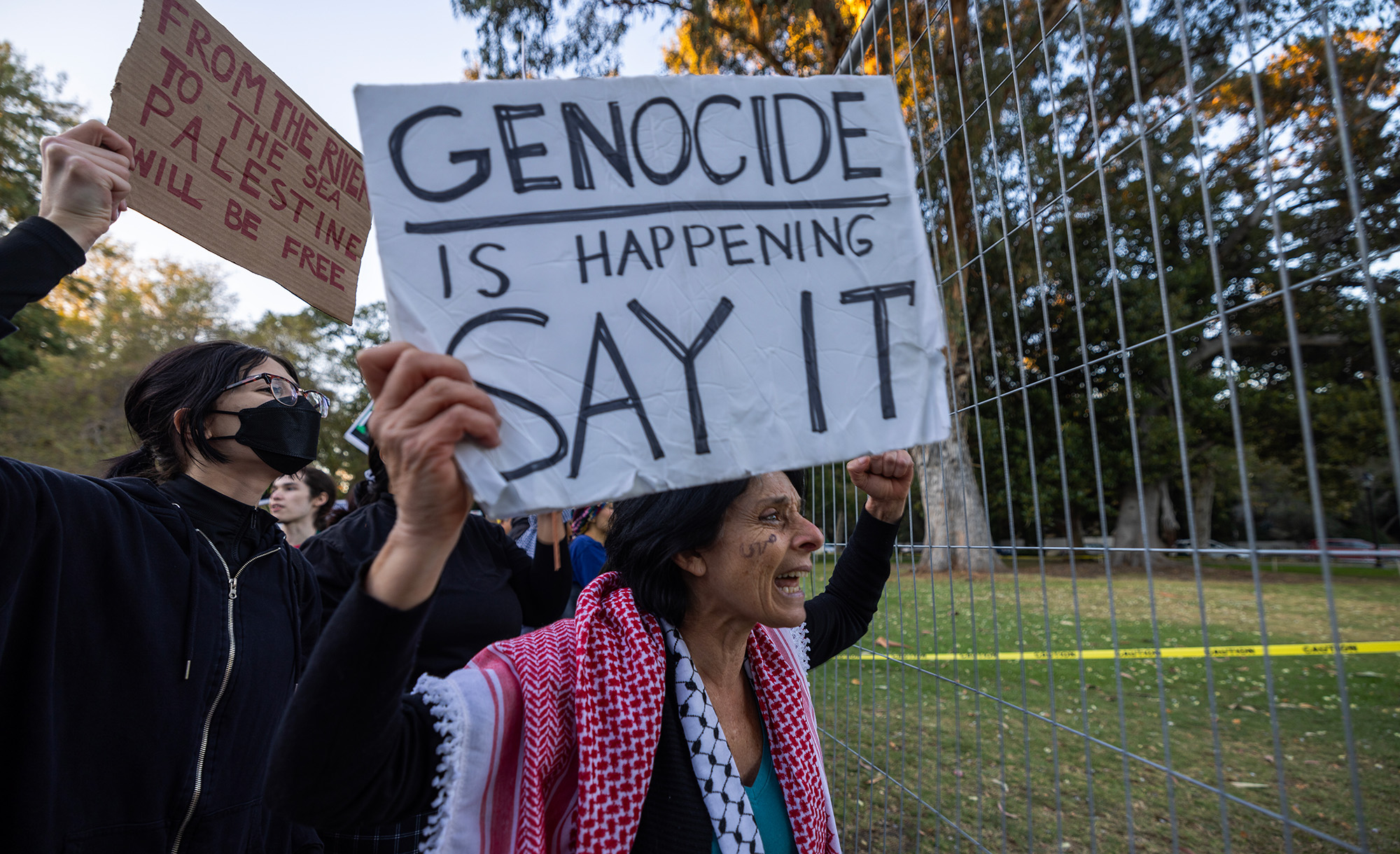At various points in his life, the Philadelphia-born Mordecai Manuel Noah (1785-1851) was, in Jenna Weissman Joselit’s words, “a politician and a playwright, a man about town, a journalist, and a diplomat in Tunis, where he jousted with pirates.” But perhaps his best-known exploit was his attempt to transform Grand Island—a richly forested bit of land in the Niagara River, not far from Buffalo, NY—into a refuge for European Jews fleeing persecution and poverty. He called the putative settlement Ararat. Joselit writes:
Considerable fanfare—booming cannons, a 24-gun salute, the glorious sounds of Handel’s Judas Maccabaeus—attended Ararat’s public launch. Noah, kitted out in a costume inspired by Richard III—a crimson silk robe trimmed in ermine, festooned with an oversized gold medal—presided over the elaborate proceedings, whose centerpiece was an exceedingly wordy “Proclamation to the Jews.”
Adopting the mantle of “governor and judge of Israel,” Noah called on the Jews of the world to gather together “under the protection of the American Constitution,” where after a lapse of 2,000 years they would re-establish a “Hebrew government.” Quick to point out that Ararat was no substitute for Zion, but rather a “temporary and provisionary” place of refuge, an “asylum,” he also made it clear in his address, as well as in subsequent speeches, that the Grand Island settlement was no “mere colonization” but an exercise in amelioration, or what we today might call social engineering. The big idea was to provide the Jews with a “period of regeneration,” during which they would modernize themselves as well as deepen their familiarity with “liberal principles.”
For all the verbiage and hoopla, nothing came of Ararat except a 300-pound cornerstone and much public ridicule. No one took the newly fashioned governor and judge of Israel up on his kind offer to relocate to an island outside Buffalo.
More about: American Jewish History, History & Ideas, New York


